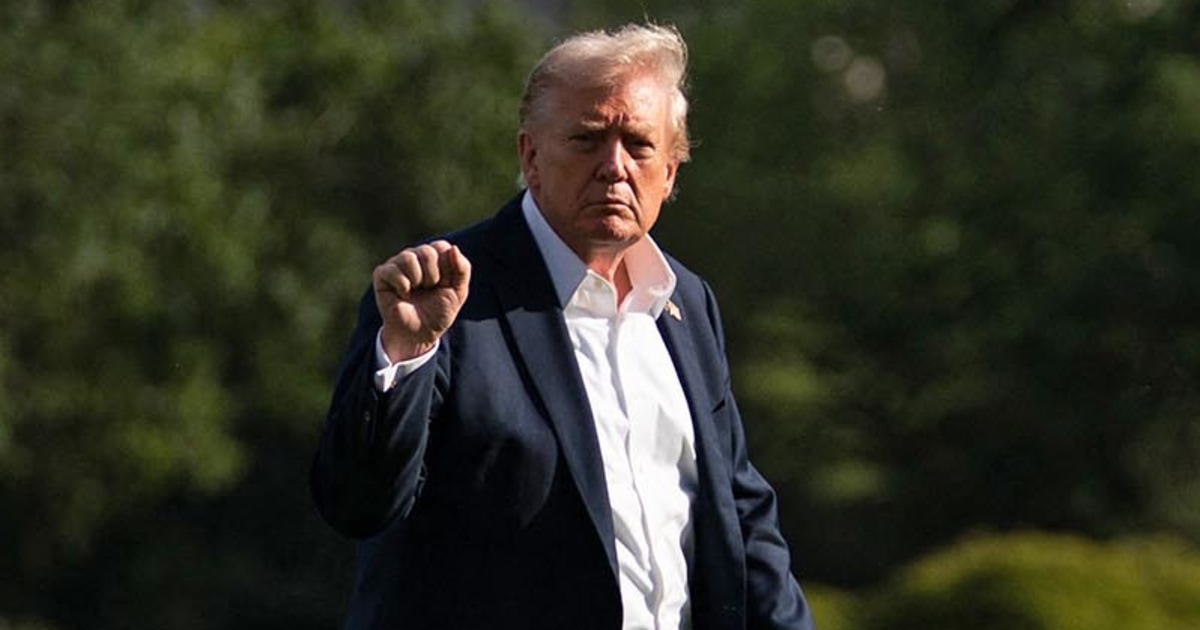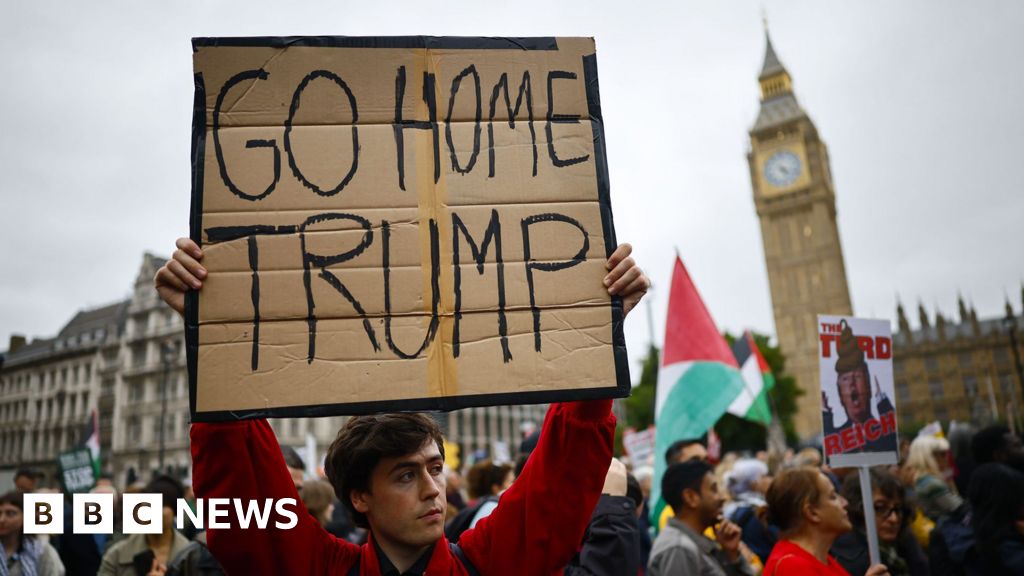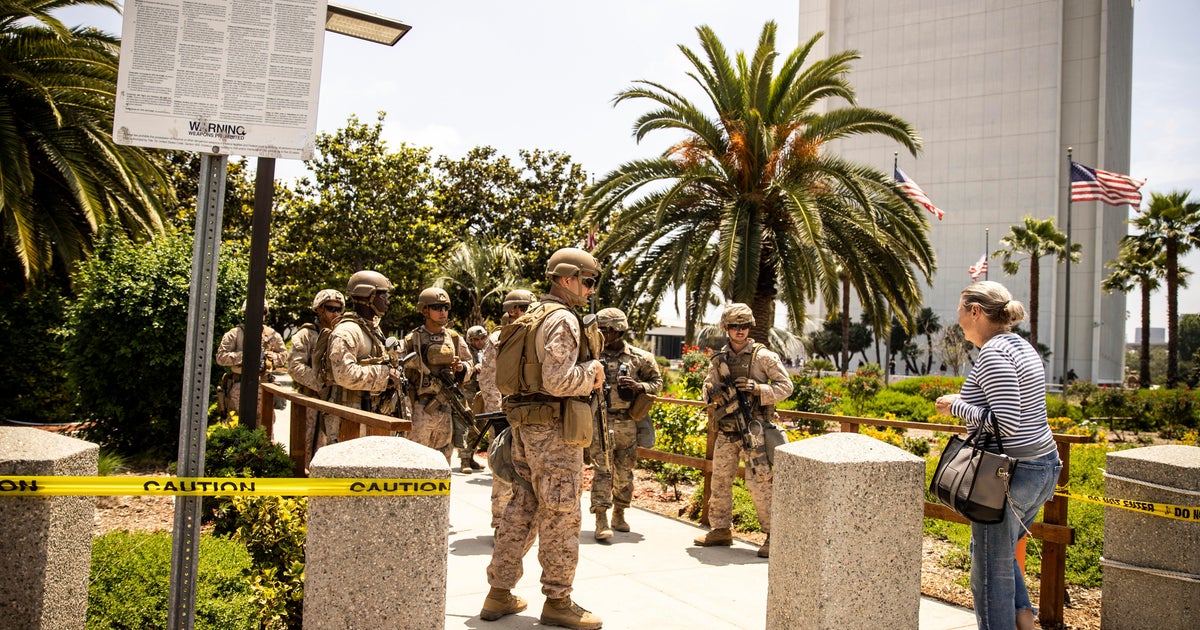Trump Federalizes Illinois National Guard Amid Tensions

Trump Federalizes Illinois National Guard Amid Tensions
President Trump’s administration has taken the unprecedented step of federalizing the Illinois National Guard, deploying 300 troops to Chicago to protect federal officers and property. This action follows escalating protests around immigration enforcement facilities and a recent violent incident involving federal agents. Illinois Governor JB Pritzker condemned the move, describing it as an “ultimatum” from the Department of War, demanding state compliance or federal intervention.
Governor Pritzker’s Response and Legal Concerns
Pritzker criticized the federal government’s decision as outrageous and un-American, highlighting the tension between state and federal authorities. The governor was reportedly forced to “call up” the troops under pressure, raising questions about the legality of federalizing state forces without full agreement. This clash underscores the complexities of managing law enforcement amid protests and political disputes.
Ongoing Conflict and Public Safety
The deployment aims to stabilize areas experiencing protests and violent confrontations, particularly near immigration detention centers. Federal officials cite “violent riots and lawlessness,” while local police maintain a separate investigative role. The situation remains fluid, with both sides navigating the delicate balance between security and civil rights.
About the People Mentioned
President Trump
Donald John Trump, born June 14, 1946, in Queens, New York, is an American businessman, media personality, and politician who has served as the 45th and 47th president of the United States. He graduated from the University of Pennsylvania's Wharton School with a degree in economics in 1968 and took over his family’s real estate business in 1971, renaming it the Trump Organization. Over decades, he expanded the company’s holdings into skyscrapers, hotels, casinos, and golf courses, building a high-profile brand often associated with luxury and real estate development. Trump also gained fame as the host of the reality TV show *The Apprentice* from 2004 to 2015[1][3][7]. Trump entered politics as a Republican and won the presidency in 2016, defeating Democrat Hillary Clinton in an unexpected victory. His tenure from 2017 to 2021 was marked by significant policy shifts, including tightening immigration controls, imposing a travel ban on several Muslim-majority countries, expanding the U.S.–Mexico border wall, rolling back environmental regulations, implementing major tax cuts, and appointing three Supreme Court justices. His foreign policy included withdrawing the U.S. from international agreements on climate change and Iran’s nuclear program, and initiating a trade war with China. Trump's handling of the COVID-19 pandemic was widely criticized for downplaying the virus's severity. After losing the 2020 election to Joe Biden, he challenged the results, culminating in the January 6, 2021, Capitol attack. Trump was impeached twice but acquitted both times by the Senate[1][2]. In a historic political comeback, Trump was re-elected and inaugurated for a second non-consecutive term on January 20, 2025, becoming the oldest president to assume office at age 78. He remains a highly influential and polarizing figure in American politics[2][7]. Trump is married to Melania Trump, with whom he has one son, Barron, and has four adult children from previous marriages. He has authored several books, including *The Art of the Deal*, a business bestseller[3][5][7].
About the Organizations Mentioned
Illinois National Guard
The **Illinois National Guard** is a critical military organization serving both state and federal roles, with a history dating back more than 380 years. It operates as a *dual mission* force, ready to support Illinois during natural disasters, civil emergencies, and homeland security missions, while also contributing to U.S. military operations globally[2][5][6]. Historically, the Illinois National Guard traces its roots to colonial militia traditions before Illinois achieved statehood. It has been actively involved in nearly every major American conflict, including the Civil War and recent overseas engagements in Afghanistan and Iraq. Since 9/11, the Guard has deployed over 21,500 Soldiers and Airmen to support operations such as Enduring Freedom, Iraqi Freedom, and New Dawn. Tragically, 34 Illinois Guardsmen have died in those conflicts[2]. The organization encompasses both the *Army National Guard* and *Air National Guard* components of Illinois. The Army side includes units like the Joint Force Headquarters, 65th Troop Command, and the 34th Division Sustainment Brigade, which provide command, logistics, training, and medical support. These units ensure readiness for large-scale combat operations and defense support to civil authorities. The Illinois Air National Guard contributes airpower and specialized support aligned with federal and state missions, maintaining combat-ready units capable of rapid mobilization and disaster response[3][4]. Key achievements include extensive disaster relief efforts, such as aiding hurricane recovery in southern states after Katrina and Rita, responding to severe flooding and winter storms in Illinois, and supporting the 2012 NATO Summit in Chicago. Members also engage in intelligence and training roles related to current global conflicts, exemplifying adaptability and relevance in modern military operations[2]. Today, the Illinois National Guard remains a *ready and relevant force* committed to protecting citizens, supporting national security, and fostering partnerships abroad. Its longstanding citizen-soldier tradition underscores dedication to both community and country, combining military professionalism wit
Department of War
The **United States Department of War** was a historic Cabinet department responsible for managing the U.S. Army and, initially, naval affairs before the creation of separate departments for the Navy and Air Force. Established on August 7, 1789, it served as the primary federal institution overseeing military operations for 158 years until it was reorganized under the National Security Act of 1947, which split it into the Department of the Army and the newly formed Department of the Air Force[1][3]. Originally called the War Department and sometimes the War Office, it managed the Army's operation and maintenance, as well as naval affairs from 1794 until the Navy Department's establishment in 1798. It also oversaw most non-naval air forces until the Air Force became its own department in 1947[1]. The department was headed by the Secretary of War, a civilian official responsible for military finance, procurement, and limited military direction. Key historical milestones linked to the department include its role during foundational conflicts like the Revolutionary War, the Korean War, and the Vietnam War, where it coordinated U.S. military efforts. Following World War II and the National Security Act, the War Department’s functions were consolidated into the Department of Defense in 1949, which unified the Army, Navy, and Air Force under a single Secretary of Defense[3]. In modern context, there has been a recent executive order in 2025 aimed at restoring the Department of War name to replace the Department of Defense, emphasizing a stance of deterrence through strength and signaling a shift in military policy and branding[4]. This initiative includes restructuring commands and submitting legislative proposals to effect the change. Today, the Department of War (or its contemporary equivalent) remains America’s largest government agency, coordinating all military branches including the Army, Marine Corps, Navy, Air Force, Space Force, and National Guard to ensure national security and military readiness[5]. It continues to emphasize technological innovation, acquisition, and operational









